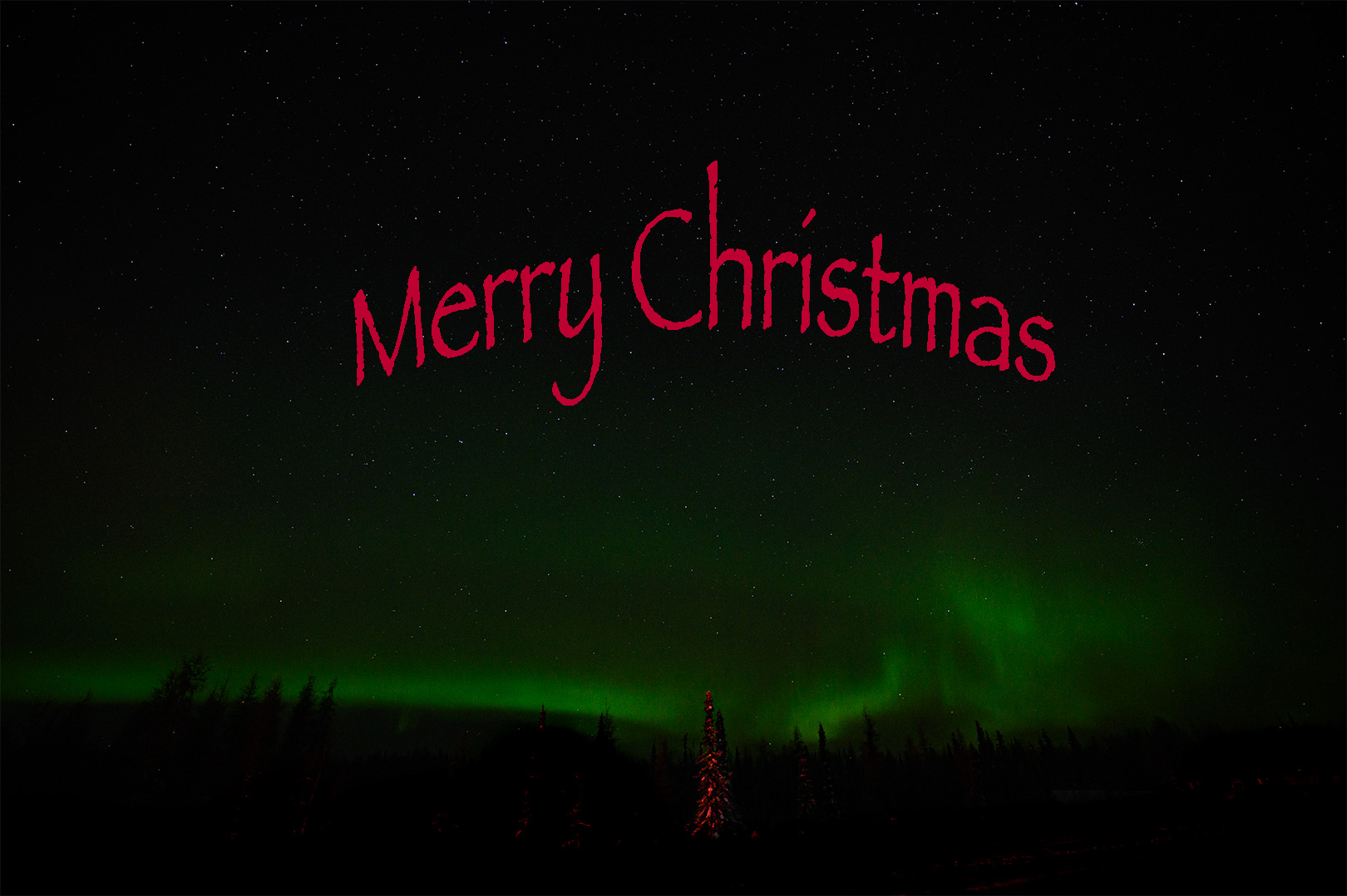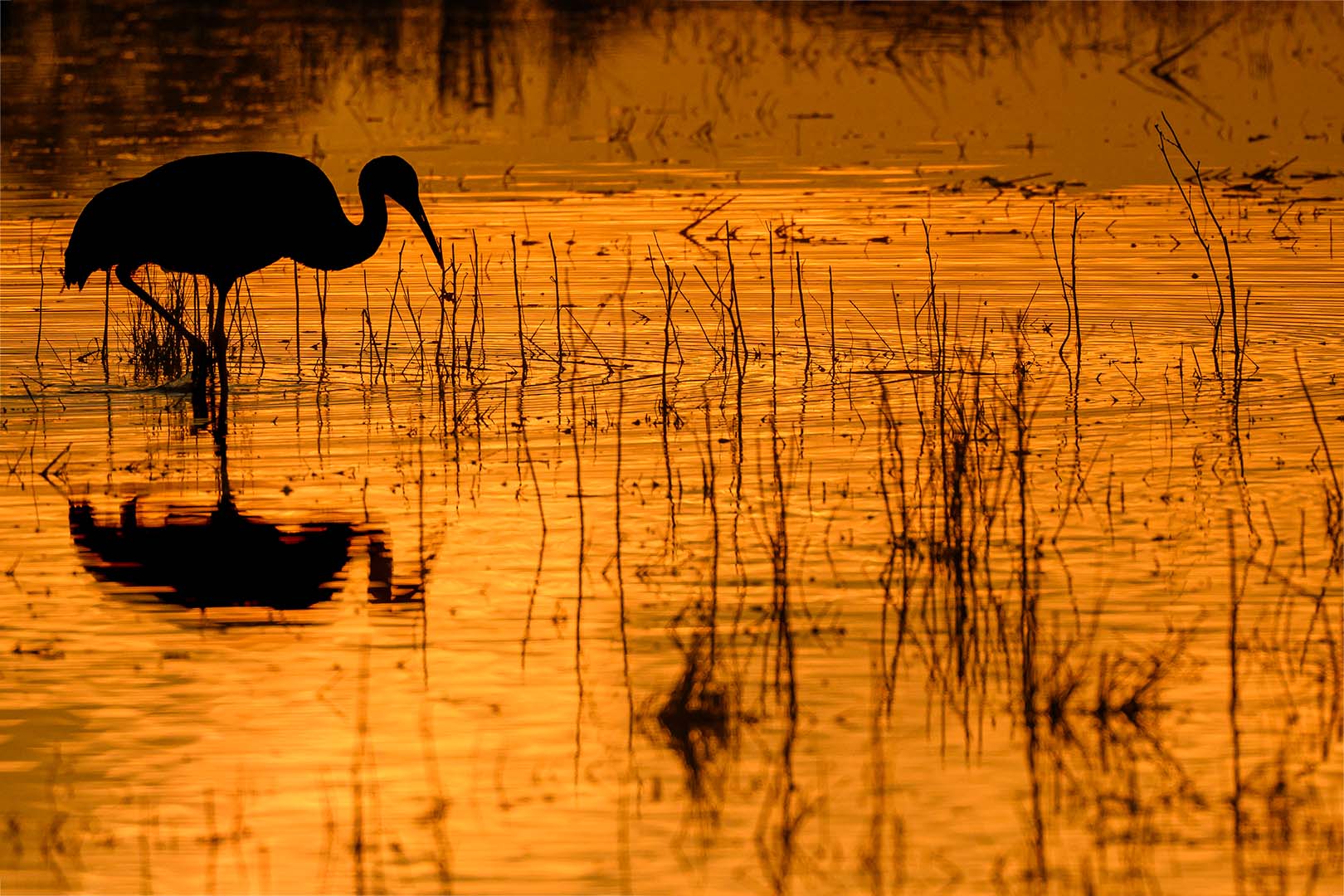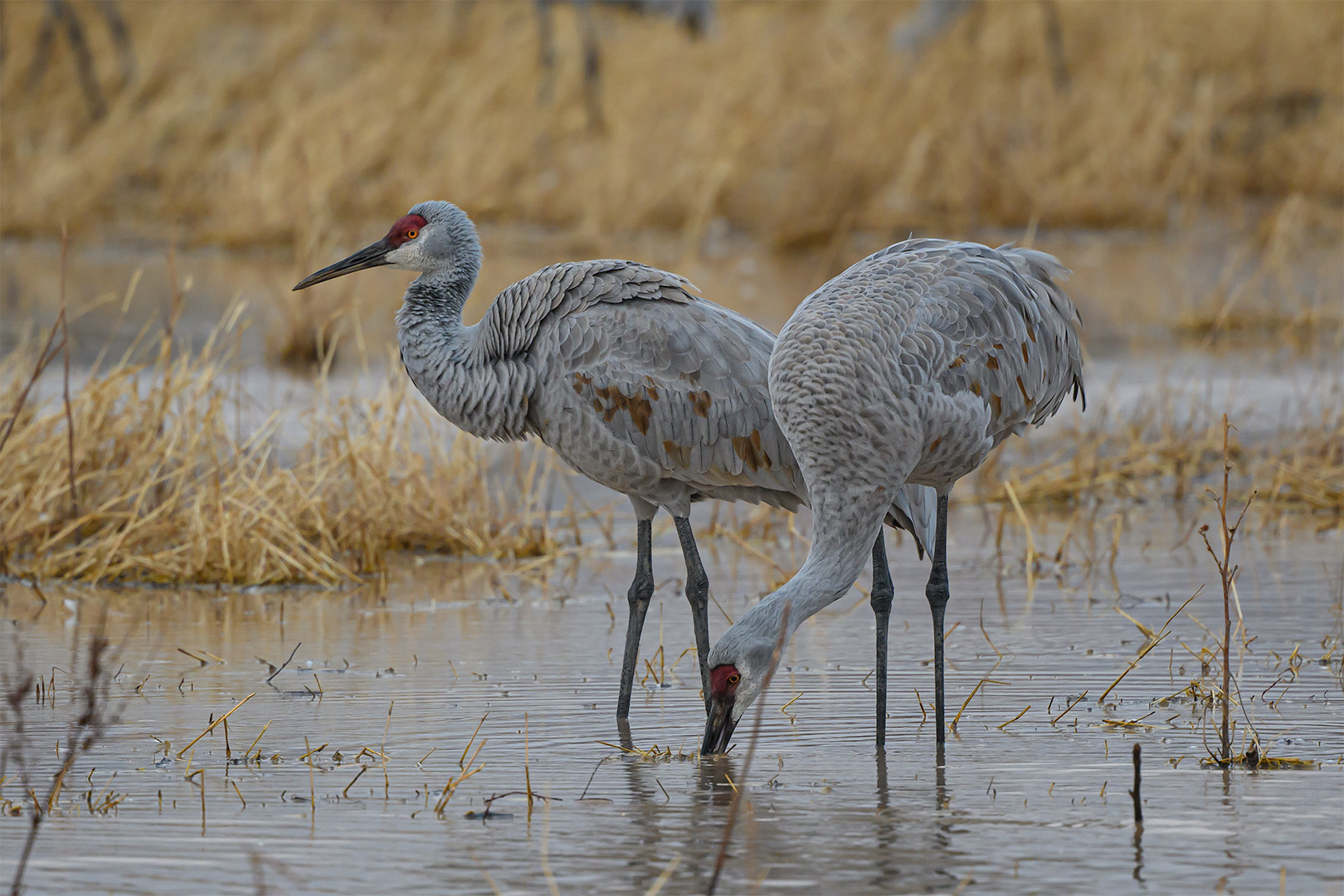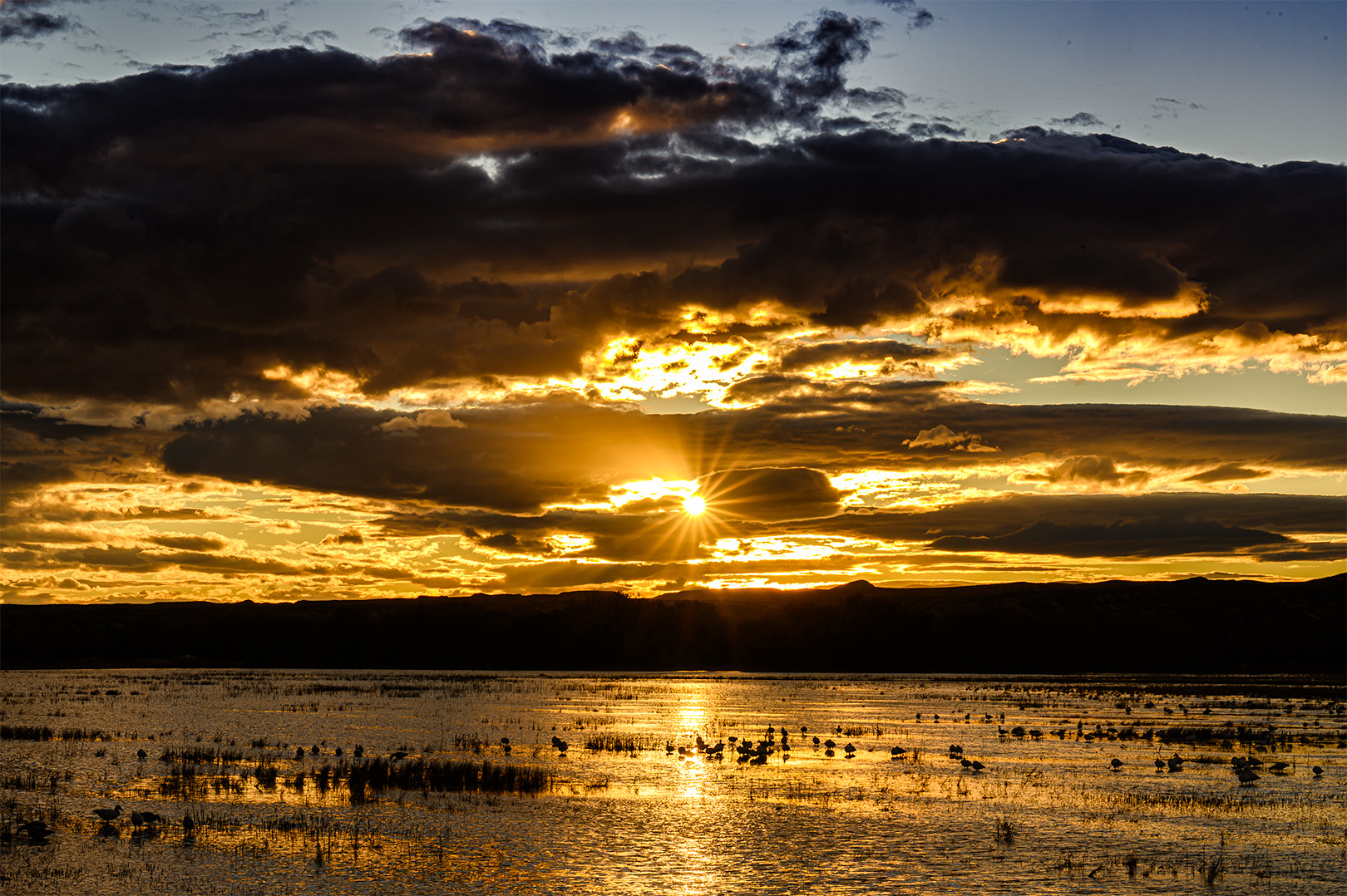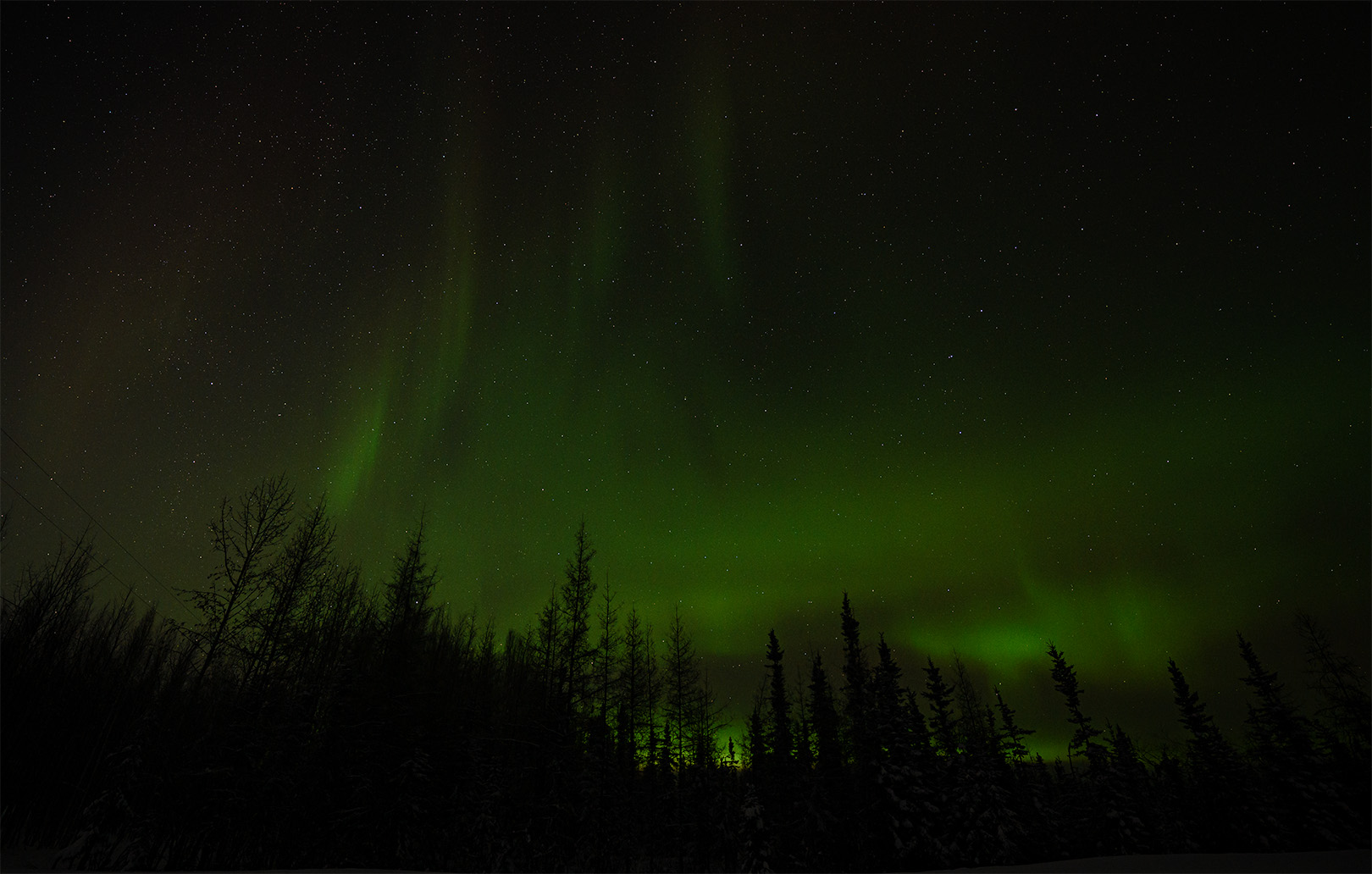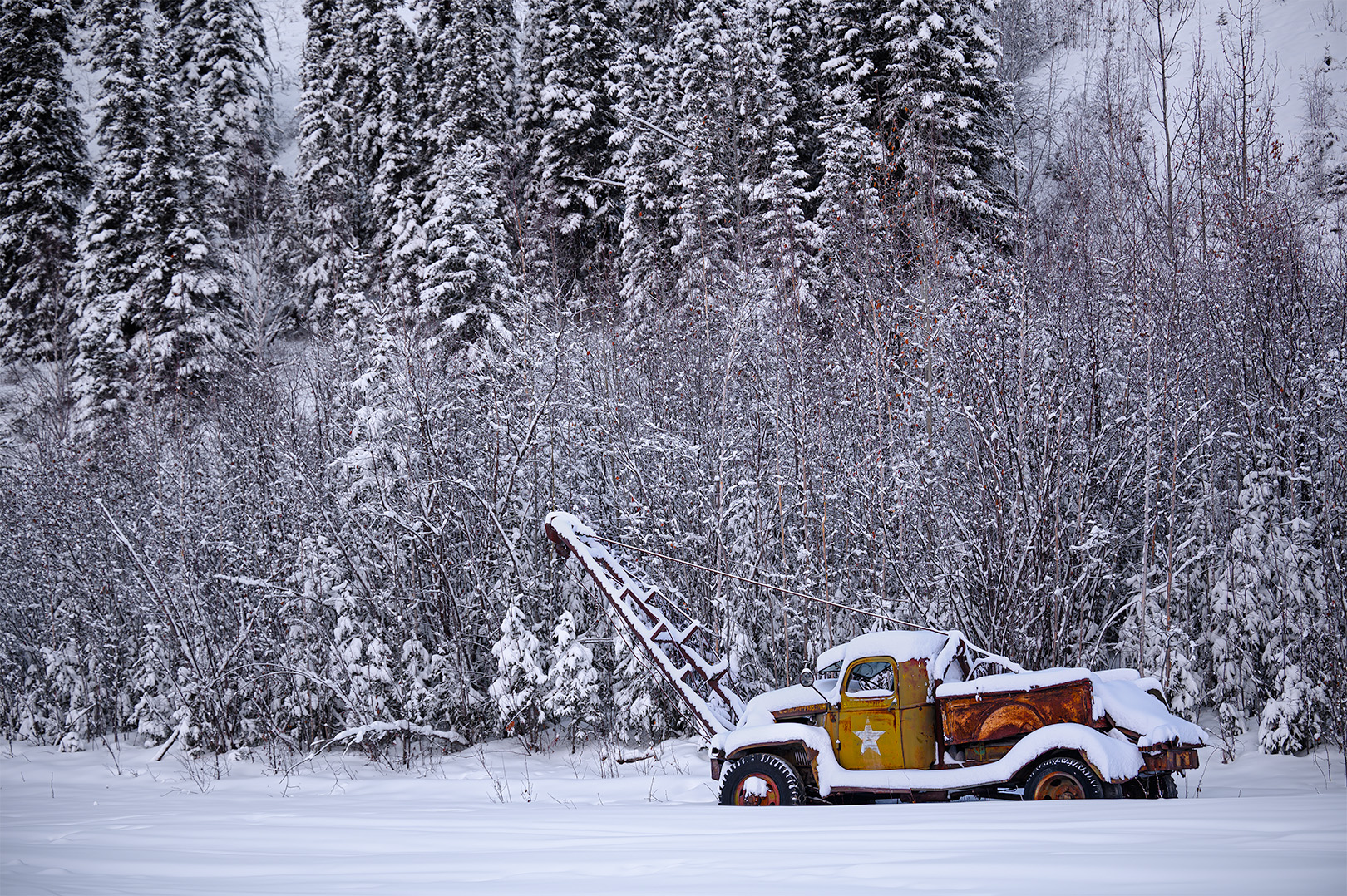
Looking back at the spectacular photographic opportunities I had in 2021, it thrills me that I am able to do what I do. My extensive travels with talented and inspirational photographers keeps me motivated and eagerly anticipating my next adventure. In 2021, I criss-crossed the country and experienced some of my most memorable photographic moments. I am looking forward to 2022 and another year filled with travels around the US and and maybe beyond. There will be new challenges, more wildlife to photograph, stunning landscapes to capture, and just plain life to experience. This image is from May of 2021 in Homer, Alaska.


